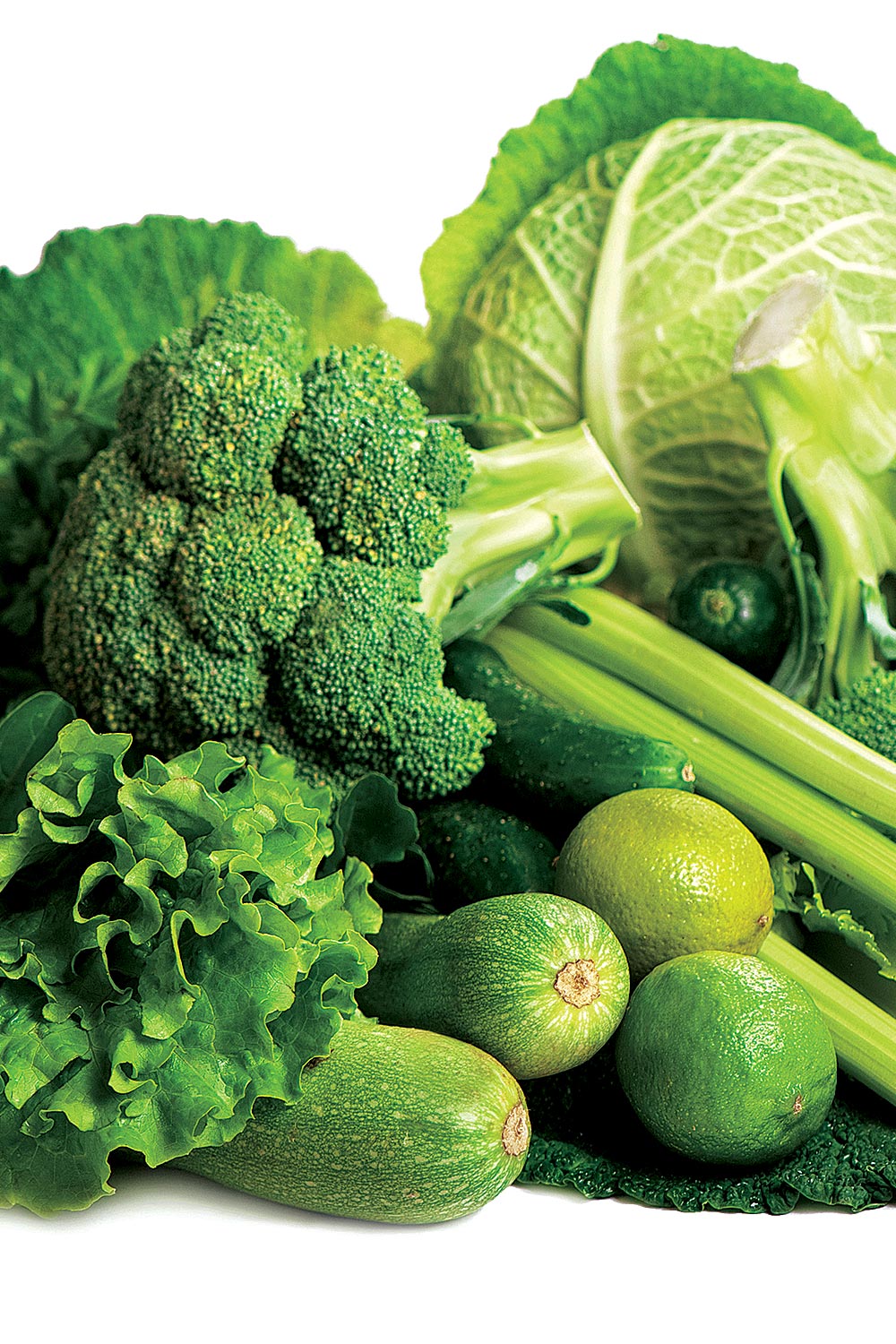
Ingredients
Directions
This is a basic technique for all green vegetables, including zucchini, haricot vert, fava beans, asparagus, and any similar vegetable.
In my approach, I like to show that the little things matter. By focusing on doing mundane things excellently, at the end of the day, we have a product that is head and shoulders above the competitor.
Step 1: Trimming
Depending on which vegetable you are using, cut it into the form you want to serve it in. It can vary from product to product, but they must be similar in size. For zucchini, this means cutting them into attractive shapes, emphasizing the green peel and avoiding the seeds, but every vegetable is different.
Step 2: Soaking
It is important to soak the vegetable in ice water right before cooking it. This rehydrates the cells, and helps set the color and texture of the finished product. Remember, vegetables are living things, even after they are picked, and they need to be cared for like any other living thing.
Step 3: Blanching
Drain the vegetable from the ice water and drop it into rapidly boiling, salty water. When I say salty, I mean almost like seawater, and there should be enough water that it stays boiling when you drop the vegetables in. I make my cooks taste their cooking water every time. Cook the vegetables till cooked perfectly to your taste. Some things are better a little crisp, like asparagus. Some things are better cooked through, like Brussels sprouts. Also, the time will vary. Little zucchini pearls are ready in 30 seconds, but Brussels sprouts may take 5 minutes, or even longer.
Step 4: Shocking
The instant the vegetables are done to your taste, use a slotted spoon to drop them into ice water. This sets the color and stops the cooking. This allows you to reheat the vegetable gently, without risking overcooking it, while enjoying all the advantages of high-heat, rapid cooking.
